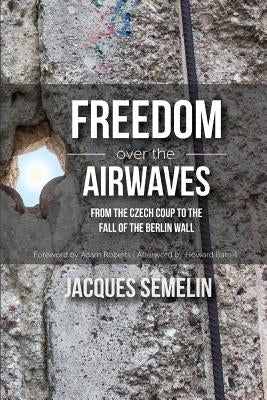Before you leave...
Take 20% off your first order
20% off
Enter the code below at checkout to get 20% off your first order
Discover summer reading lists for all ages & interests!
Find Your Next Read

This book on the relationship between communications and nonviolent resistance captures a new understanding of the events that led ultimately to the fall of the authoritarian system in communist Central and Eastern Europe in 1989. In particular, it analyzes history-making acts of resistance and the movements that propelled them in Budapest in 1956, Prague in 1968, Gdansk in 1980 and East Berlin in 1989, in their own historical continuum.
As we evaluate each crisis in relation to the others, we find that beyond cultural and national differences among the countries of the Soviet sphere, the knowledge of how to develop resistance was built up in a little over three generations -- a know-how that tied together means of opposition with means of media and communication. Non-provocative, nonviolent methods of action came to supersede uncontrolled forms of violence, and even the mere temptation of armed struggle. From 1968 to 1989, the empowerment of civil resistance movements in Central Europe was witnessed--a phenomenon that strengthened the re-emergence and rebuilding of "civil society."
In a new Afterword penned for the English translation, Howard Barrell extends this evaluation to encompass the role of social media and digital technology in more recent and potential resistance struggles. This preeminent study offers a rare addition to understanding the transformation of half a continent.
Thanks for subscribing!
This email has been registered!
Take 20% off your first order
Enter the code below at checkout to get 20% off your first order